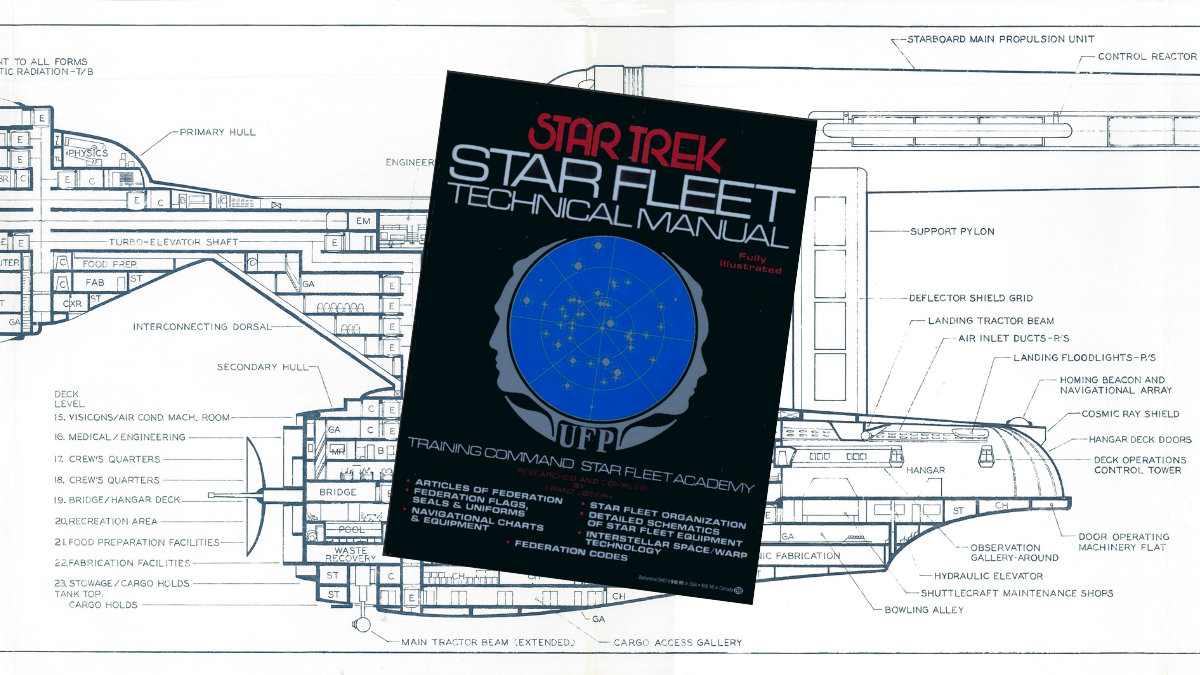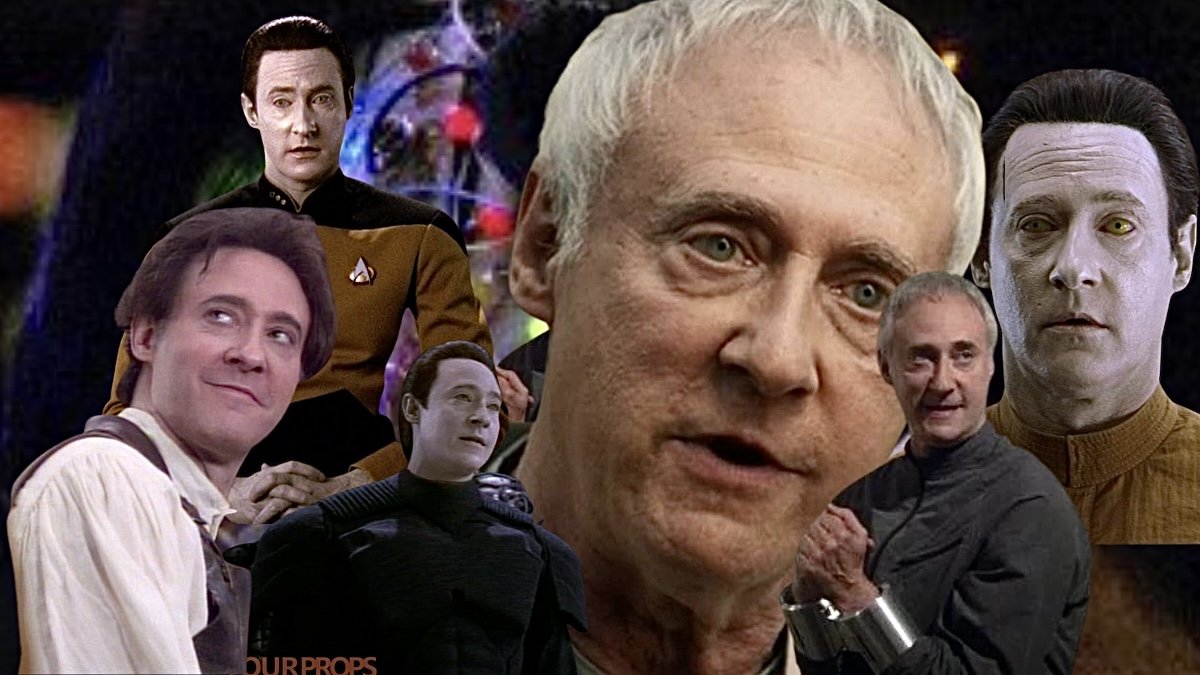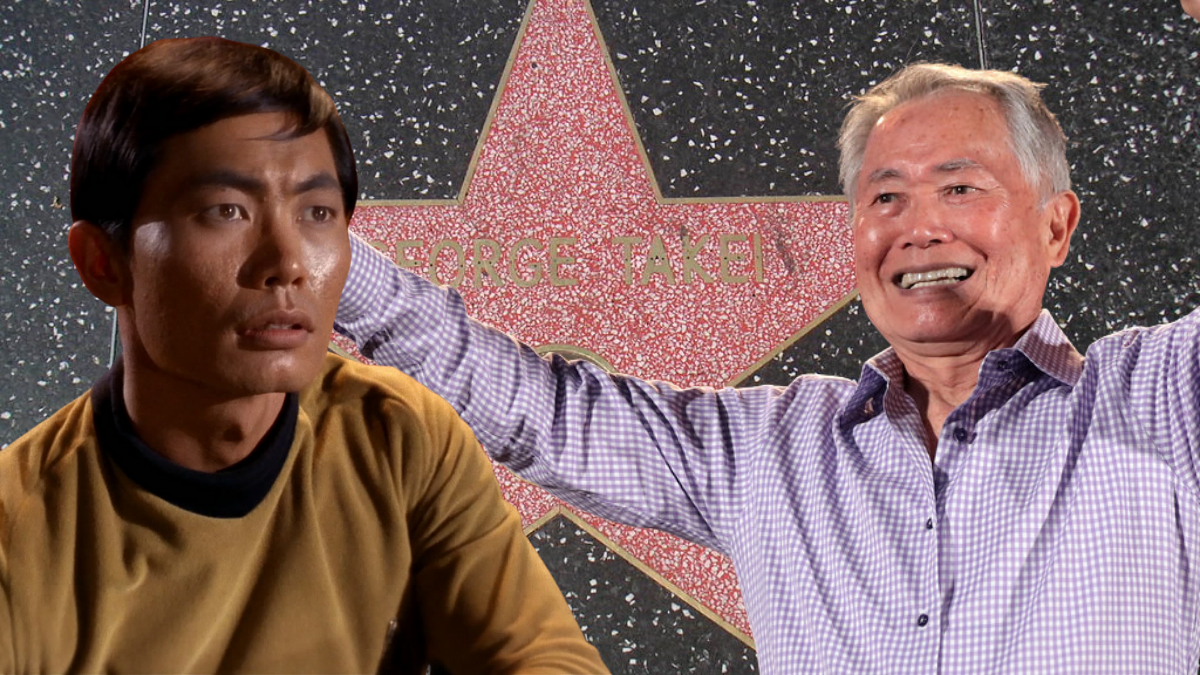Today in Star Trek history: Technical artist Franz Joseph is born

Franz Joseph created the STAR FLEET TECHNICAL MANUAL and STAR TREK BLUEPRINTS
JUNE 29, 2022 - The production teams of Star Trek have always striven for plausibility in the technology they portray onscreen. The various shows use all kinds of consultants to make sure the ships, weapons, tricorders, and everything else have a basis in scientific fact. Now and then, the fans get in on the act, and today we celebrate the birth of Franz Joseph, a technical artist who enriched the Trek universe and was definitely not the Emperor of Austria.
Click to enlarge
This Franz Joseph (full name Franz Anton Joseph Schnaubelt) was born in Illinois on June 29, 1914, growing up to enjoy a 30-year career as an aerospace design engineer, working for aircraft manufacturing company Convair. In 1973, his daughter Karen invited him to accompany her to the inaugural meeting of STAR San Diego, a new fan club at San Diego State University. When he arrived, he discovered that many of the members had created their own models of various Trek vessels, made from cardboard, balsa wood, and such. According to him, “the workmanship was pretty bad any way you looked at it.” He told them they could do better.
Anxious to prove his assertion, Joseph went home and drew up an architectural drawing of a communicator. When the fans saw the drawing, they began creating lists of all the technology they wanted plans for and, as he was perusing the list, Joseph realized it could fill a book. It was then that the Star Fleet Technical Manual was born, at least in concept.
Joseph drew up a number of plans, including those for the USS Enteprise and a starship called the Dreadnought. On a whim, he sent them to Gene Roddenberry, who enthusiastically recommended that he approach Lincoln Enterprises about creating a Star Trek technical manual. Lincoln Enterprises, as you may know, was a mail order company under the Roddenberry Productions umbrella.
The manual would have to be technically and scientifically correct, Joseph knew. Star Trek fans would accept nothing less. He set about to create a set of plans that would elucidate the design of popular Treknology, rather than depict exactly what was shown on screen. If you looked closely, there were too many continuity errors and changes to the look of devices in the television series to make the book cohesive. Joseph wanted to establish a greater continuity to everything.
Franz Joseph's technical drawing of the Helm Station from the STAR FLEET TECHNICAL MANUAL; click to enlarge
But how the ship works wasn’t the only thing Joseph was interested in. Ever wonder what Captain Kirk does when he’s had one too many cups of Yeoman Rand’s coffee? The Main Bridge layout clearly shows a toilet to the left of the Command Intelligence Primary Display (Main Viewscreen, to the layman.) And what exactly is the pitch range of a Vulcan lute? Between 60 and 3180 cycles per second, according to the Star Fleet Technical Manual. Also included were uniform patterns, logos and flags for the United Federation of Planets and other planets and organizations, Star Fleet’s official font style, and org charts for the Star Fleet Armed Forces and Star Fleet Academy, among other treasures.
The manual, released in 1975, was an instant hit. Star Trek had been off the air since 1966, and even the animated series was a mere memory by then. Star Trek’s first foray to the big screen, in the disappointing The Motion Picture was still in the future. Fans, hungry for anything Trek-related that they could get their hands on, bought the book in droves.
The volume was presented as an in-universe collection of plans, accidentally downloaded from the Enterprise’s memory banks when the vessel visited 1960s Earth in the episode “Tomorrow Is Yesterday.” But Joseph didn’t stop there. In an even greater effort to bring a sense of realism to the Trek universe, he published a packet of 12 blueprints, general plans of the USS Enterprise. Within these plans, one can locate the science labs and fabrication facilities, as well as find such nuggets as the swimming pool and bowling alley.
Joseph’s plans were so well-thought-out that they were reviewed not just by Trek fans determined to learn all they could about a fictional universe, but also the US Department of Education, the National Geographic Society, and NASA in a meeting regarding their potential influence on the educational process. There are references, even in the current Trek series, to Franz Joseph’s drawings and plans, so, while every inch of them may not strictly be canon, some of what he designed absolutely is.
If you’d like to learn more about Franz Joseph and his Star Trek legacy, you can listen to Larry Nemecek’s discussion with Joseph’s daughter, Karen, on the Trek Files, below, and you can read an interview with the man himself here. Please join the staff of DSTN in remembering him on what would have been his 108th birthday.
T is the Managing Editor for Daily Star Trek News and a contributing writer for Sherlock Holmes Magazine and a Shakespeare nerd. He may have been the last professional Stage Manager to work with Leonard Nimoy, has worked Off-Broadway and regionally, and is the union Stage Manager for Legacy Theatre, where he is currently working with Julie Andrews. after which he’ll be working on Richard III at Elm Shakespeare Company.






